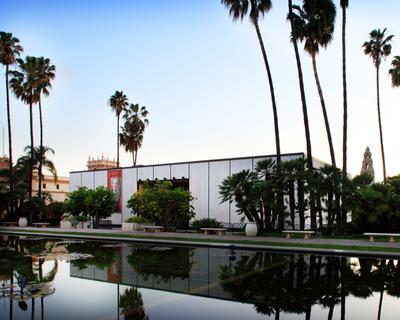Architecture
Exhibiting the work of Julius Shulman: Modern La Jolla and Modern San Diego
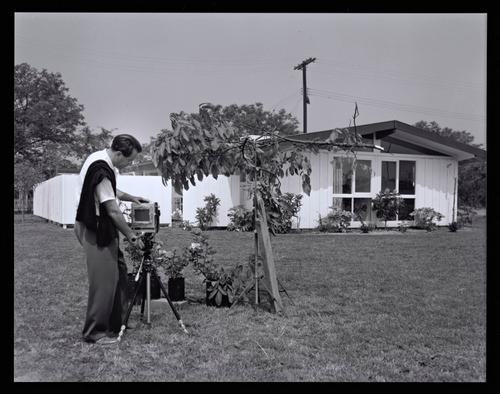
In September 2019, I exhibited the work of world-renowned architectural photographer Julius Shulman (1910 – 2009). Curating both Julius Shulman: Modern San Diego and Julius Shulman: Modern La Jolla were the culmination of nearly two decades of research documenting over 200 San Diego area projects photographed between 1934-2007.
By Keith York

On view at the San Diego Central Library Gallery and the La Jolla Historical Society through January 19, 2020 these two shows served as the first examination of Shulman’s documentation of contemporary, or ‘modern’, architecture in San Diego County as it evolved in the decades following World War II.
Documenting the work of architects and developers, as well as artists and designers, images by Julius Shulman have come to define post-War modernism in Southern California. Widely known for his work in Los Angeles and Palm Springs, Shulman was born in Brooklyn and moved to Los Angeles from Connecticut as a young boy.
In the 1930s, Shulman used an Eastman Kodak Vest-Pocket camera to photograph people, buildings and vistas -- including architect Walter Dorwin Teague’s Ford Building in San Diego’s Balboa Park in 1934 - his first known visit to the area. In 1936, his amateur photographs of Richard J. Neutra's Kun House, were met with the architect’s praise and led to commissions to shoot other recently-completed projects by the Viennese émigré. Through his relationship with Neutra, Shulman was able to secure additional commissions, documenting new works by contemporary architects R.M. Schindler, Raphael Soriano, Gregory Ain, J.R. Davidson, John Lautner and Pierre Koenig among others. With growing international interest in Neutra’s work, Shulman’s images gained an early audience in Southern California and a career in architectural photography spanning seven decades was born.
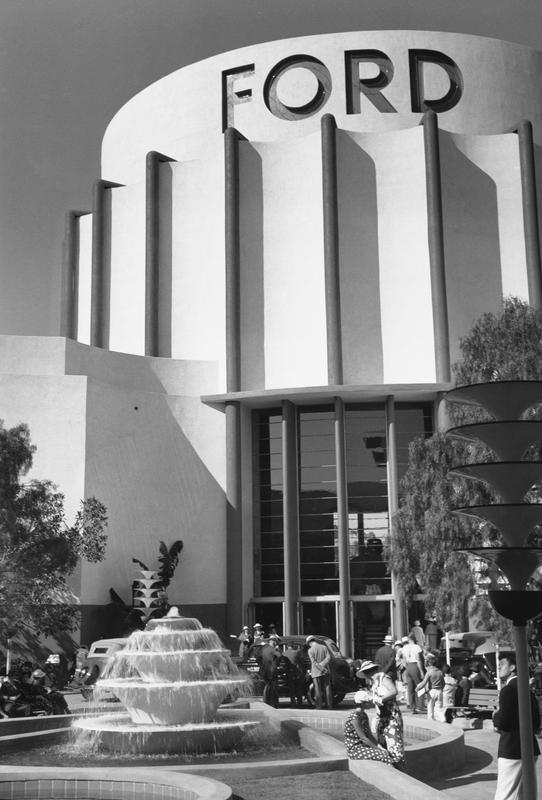
Between 1934-2007, Julius Shulman visited San Diego and La Jolla to photograph the work of architects William Kesling, Frederick Liebhardt, John Lloyd Wright, Robert Mosher & Roy Drew, C.J. ‘Pat’ Paderewski, William Pereira & Charles Luckman, Dale Naegle, Edward Killingsworth, Richard Neutra, Henry Hester, Edward Fickett, Louis Kahn, Robert E. Alexander, Richard Wheeler, Paul Thoryk, Kendrick Bangs Kellogg, Ken Ronchetti, and Jonathan Segal among others. Today, these images, and related materials are housed at The Getty Research Institute for further research and publication.
While Shulman’s visits to San Diego started in 1934, his work in La Jolla began in earnest on October 11, 1946 when he spent time in the coastal community with Ethel McCall Head of Better Homes and Gardens. Over several days, he shot architect William Kesling’s homes for the King, Ingalls, Ganson and Everett families. These photo shoots, intended for House Beautiful and House and Garden according to the La Jolla Journal, would first appear in the November, 1947 issue of Better Homes & Gardens. Here, the Bernard and Thelma Ganson House was profiled as the magazine’s Five Star Home #1711 with the article including plans, detailed drawings, specs, material list and an owner/contractor agreement - everything one would need to construct such a home. Also in 1947, LIFE Magazine published Kesling’s McConnell House noting, “Here the Pacific swishes around under the living room floor and occasionally splashes up soothingly over the huge windows.” Many more of Shulman’s photographs of La Jolla architecture and interiors would be published in the years following furthering the careers of the architects’ work and decades later serving to document the period. In interviews with their families and employees, or the architects themselves, it became readily apparent that while Julius Shulman had strong competition here locally and in Los Angeles, hiring him had a certain cache to it – one that increased the likelihood that projects would be published regionally if not nationally or internationally.
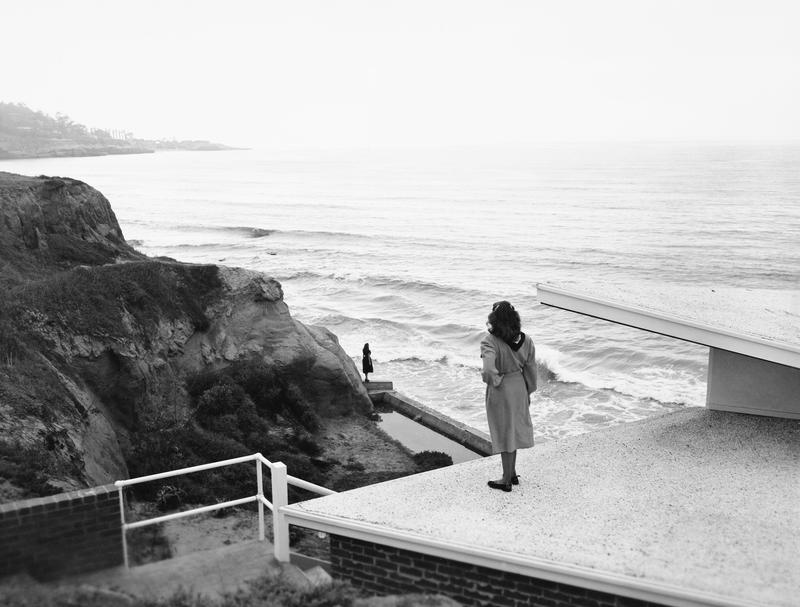
The exhibition Julius Shulman: Modern La Jolla was anchored by two widely recognized projects – the Dr. Oxley Residence by architect Richard J. Neutra and Case Study House #23 Triad by the Long Beach firm Killingsworth, Brady & Smith. The Oxley photo shoot of 1958 was displayed in its entirety thanks to a donor’s generous gift of vintage prints to the La Jolla Historical Society. Case Study Triad, on the other hand, through recent digital reproductions highlighted how the three-house development on Mt. Soledad is likely the most widely published of La Jolla’s mid-century modernist projects.
As his career gained steam, Julius Shulman played an instrumental role in sharing California’s unique post-War modernism with the world as his images were published in newspapers as well as design-focused magazines like Arts & Architecture and ‘shelter magazines’ of the period like House Beautiful and beyond. In the right place at the right time, Shulman’s images captured the expansion of contemporary architecture, landscape architecture, interior and furniture design across Southern California. Often styling the shoots with furniture from his own station wagon, the images representing how Southern Californians lived - in homes Pierre Koenig, Charles Eames and Richard Neutra - his images continue to define ‘mid-century modern’ to this day.

Julius returned to practice from retirement as the gravity around is body of work pulled him back to photography and publishing in 2000. In recent decades, several exhibitions of Shulman’s photographic work have been presented. Among them Julius Shulman, Modernity and the Metropolis, originated by the Getty Research Institute in 2005, travelled to the National Building Museum and to the Art Institute of Chicago. Other recent shows have been hosted by the Design and Architecture Museum (Frankfurt, Germany), Barnsdall Municipal Gallery in Los Angeles, Craig Krull Gallery in Santa Monica, the Los Angeles Public Library and the Palm Springs Art Museum.
During the early 2000s, while working with Julius Shulman in his studio, I became intimately aware of how few of his local projects had been shared with the public. Today, Shulman’s photographs of Palm Springs and Los Angeles architecture - images taken between the 1940s and 1970s have come to define ‘mid-century modern.’ In parallel to these very same icon-producing photo shoots, Julius was here in San Diego County working with local architects and others in hopes of being featured in The Los Angeles Times and beyond. By sharing Shulman’s images paralleling his genre-defining work in Palm Springs and Los Angeles, I hope to make more accessible La Jolla’s architecture of the period – as imaginative and unique as anything he photographed elsewhere.
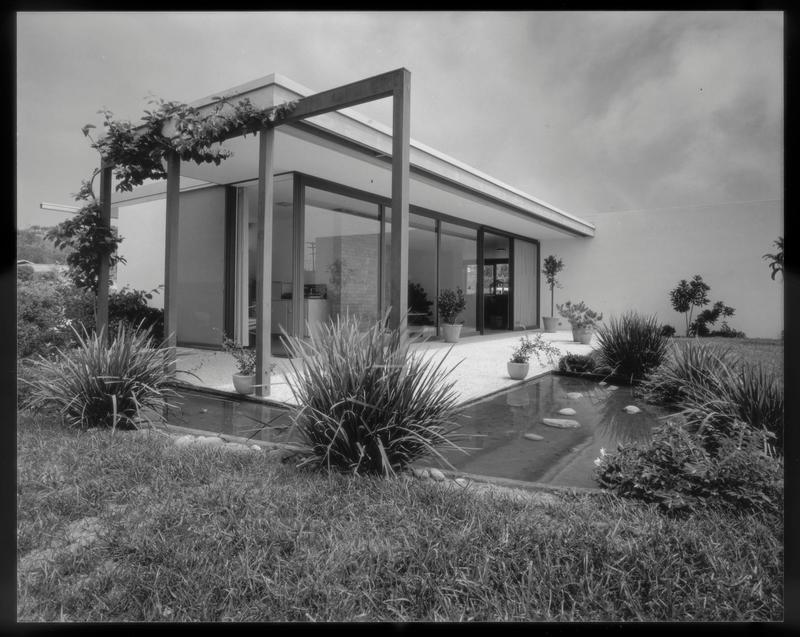
Shulman never slowed down - evident by his consistent work in San Diego County through the 1980s. In his 60s and 70s, he was actively working for Paul Thoryk, Mosher & Drew, Kendrick Bangs Kellogg, Ken Ronchetti, as well as Liebhardt & Weston among other local firms. Architect Among the photographer’s last visits to the area, Norm Applebaum invited him to shoot his SunCatch project in 2006 and Jonathan Segal hired him to capture his Lemperle House in 2007.
Julius Shulman died in his home designed by one of his clients - architect Raphael Soriano - at the age of 98. The Shulman Home and Studio today, is a Los Angeles Cultural Heritage Monument.
By sharing Shulman’s images of San Diego County projects that parallel his genre-defining work in Palm Springs and Los Angeles, I hope to have made more accessible our region’s strong architectural legacy – one as imaginative and unique as anything Julius Shulman captured elsewhere.
Have an idea or tip?
We want to hear from you!
email hidden; JavaScript is required

Architecture
Towards A Definition of Post-Modern San Diego
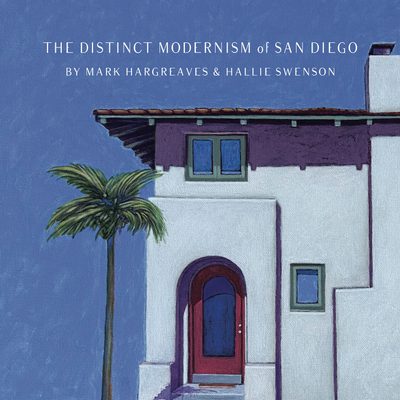
Architecture
